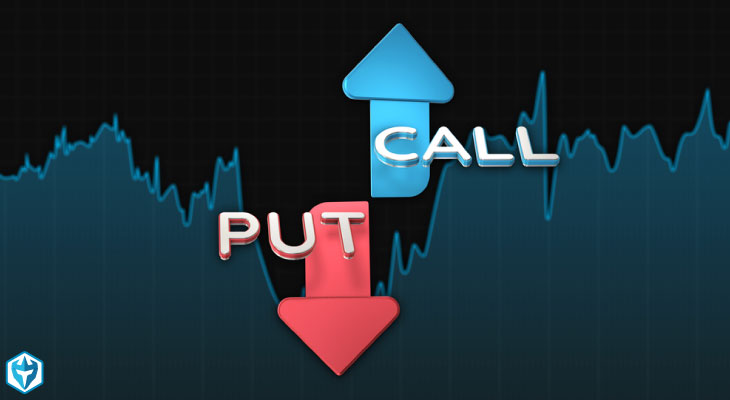Private placement refers to a method of raising capital where select investors are invited through the offer of equity shares. Unlike an IPO where shares are made available on the open market, a private placement involves select investors like large banks, mutual funds, insurance companies and pension funds. Furthermore, the capital raising event does not […]











